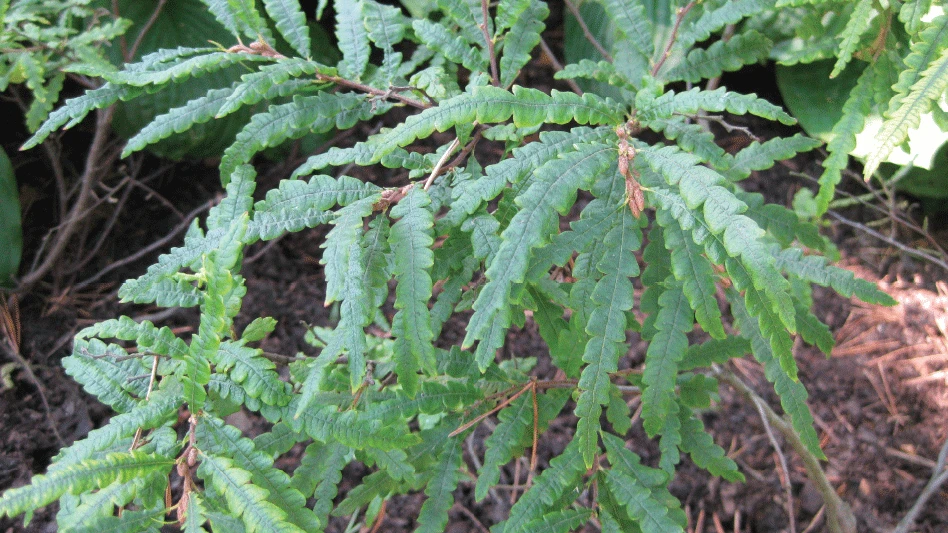
Proper care of plants heading into dormancy can lighten the load when spring comes. Healthy, well-fertilized plants that go dormant in the fall have a much better chance of coming out strong in spring.
A good start: Cutting back and cleaning up grasses prior to or during dormancy—it really pays off in spring.
Cutting back grasses prior to new growth emerging takes a lot of guesswork and timing out of the equation. Having to cut off and damage emerging foliage in spring while removing old foliage can harm the look of the plant and add time to its ready date.

Bringing plants out of dormancy
If you’re growing outside, you’re more or less committed to letting plants come out of dormancy on their own terms. You could try to push them with increased fertility and even some additional lighting, but late cold snaps could cause problems for fleshy spring growth.
Indoors, however, whether you push plants or let them come out of dormancy naturally is really dictated by your needs and your facilities. Target ready date, types of grasses and facilities all come into play.
What you can or can’t do as far as heating, lighting and
If you need to have grasses ready for early sales, then you may need to help them along a bit. If you’re trying to get Miscanthus (warm-season grasses) to break dormancy and be ready for early spring sales, you don’t really have an option other than to put the plants in a greenhouse and heat them. You’ll want to maintain approximate 55° to 65°F temperatures at night to keep the soil temperatures up.
Likewise, some grasses, like Panicum, are day length sensitive and benefit from extended days, approximately 12 to 14 hours+. Extending day length can have a huge effect on some grasses; Panicum and Pennisetum
On the other hand, if you’re trying to bring Calamagrostis x
Know your numbers

It’s also important to get pH and electrical conductivity (EC) readings on your crops before they come out of dormancy. You may need an application of liquid feed fertilizer, or you may need to leach your pots if your EC is low or high respectively. Bringing dormant grasses with incorporated
As plants come out of dormancy, it can also be a good time to apply some liquid iron, which will help the grasses keep a nice green color and prevent any yellowing from developing as they come out of dormancy and grow on.

Explore the February 2018 Issue
Check out more from this issue and find your next story to read.
Latest from Nursery Management
- How impending tariffs and USDA layoffs impact the horticulture industry
- Shifting the urban environment
- These companies are utilizing plastic alternatives to reduce horticultural waste
- How to create a sustainable plant nursery
- Lamiastrum galeobdolon ‘Herman’s Pride’
- One of rarest plants on earth: Tahina spectabilis
- Leading Women of Horticulture: Angela Labrum, Bailey Nurseries
- Get to know Pat Reilly with NewGen Boxwood and the American Boxwood Society






